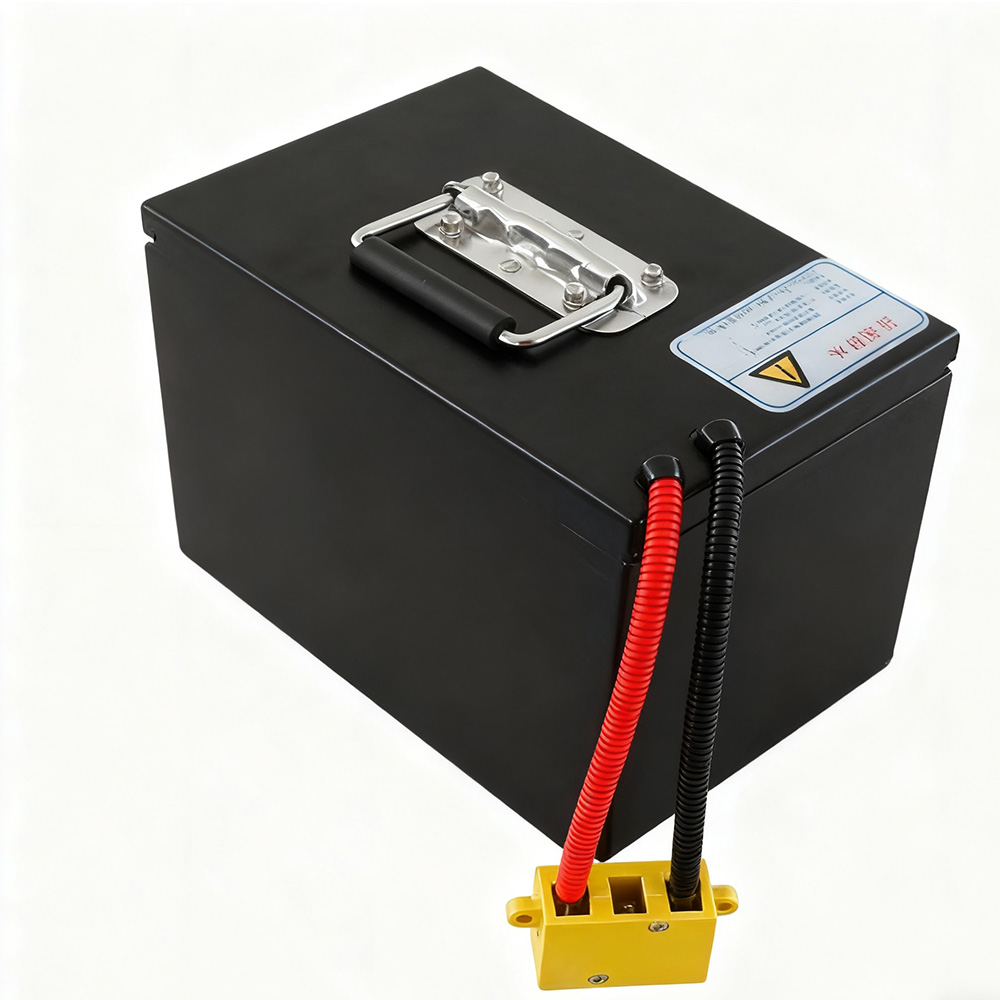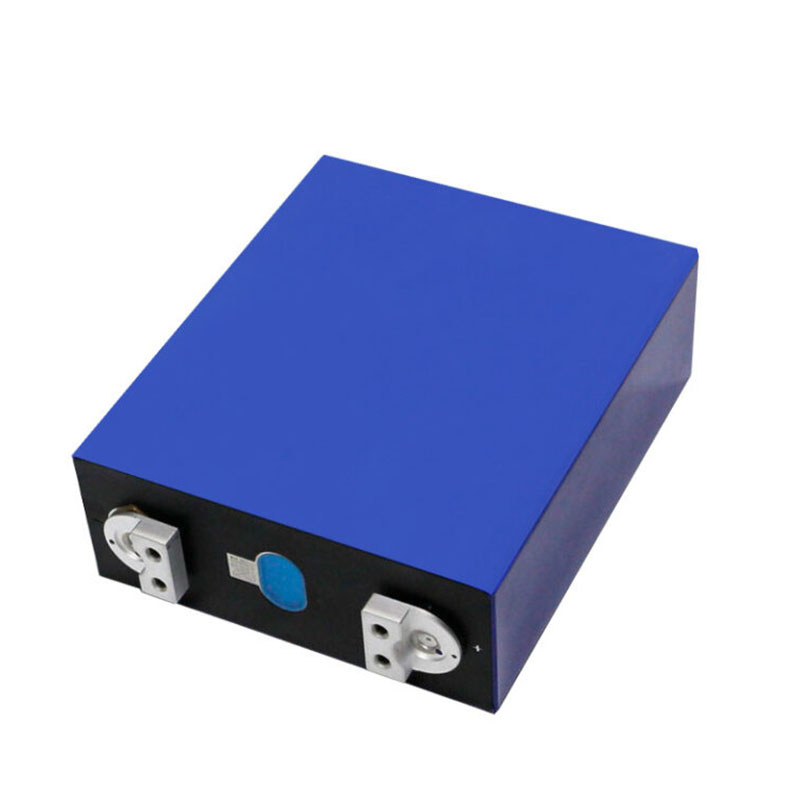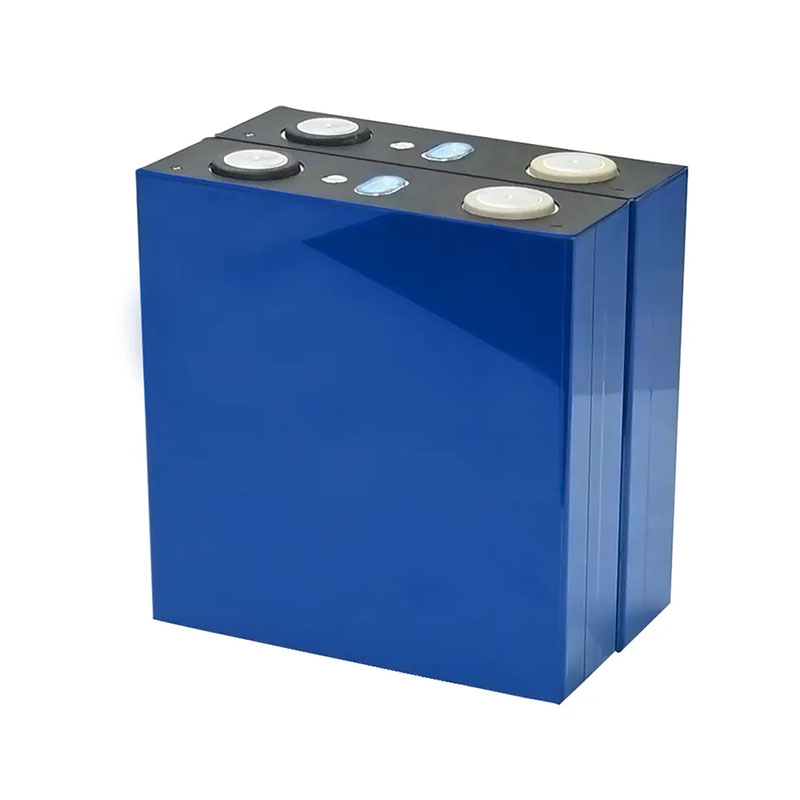Blog
Explore the Power of Lithium Innovation
Stay updated with the latest trends, technologies, and application insights in the world of lithium battery solutions
Search the whole station
Explore the Power of Lithium Innovation
Stay updated with the latest trends, technologies, and application insights in the world of lithium battery solutions
Lithium polymer batteries (LiPo) share the same electrode materials as liquid lithium-ion batteries. The positive electrode can be made from lithium cobalt oxide, lithium manganate, ternary materials, or lithium iron phosphate, while the negative electrode is typically graphite.
The main difference lies in the electrolyte. Liquid lithium-ion batteries use a liquid electrolyte, whereas LiPo batteries replace it with a solid polymer electrolyte, which can be dry or gel-like. Most commonly, a polymer gel electrolyte is used today.
This adjustment allows LiPo batteries to be lighter, thinner, and more flexible, which is why they are so widely adopted in smartphones, laptops, and other portable electronics.
Safety is a natural concern, especially since our phones often stay with us day and night. Fortunately, LiPo batteries are designed with flexible packaging that is thin and soft, making them less likely to explode under normal use or storage.
That said, no battery is completely risk-free. If a LiPo battery is punctured, severely damaged, or subjected to a large current surge, it may short-circuit, leading to overheating or even combustion. Most accidents with mobile phones and tablets come from such extreme conditions.
Short circuits can be internal or external, and they often occur during charging. If the plates inside the battery are poorly bonded, it increases the chance of an internal short circuit.
While most LiPo batteries include protection circuits and explosion-proof wires, these mechanisms are not foolproof. Under severe conditions, they may fail.
Overcharging is another major risk. When the voltage is too high or charging continues for too long, the battery’s internal temperature and pressure rise. This can lead to swelling, leakage, or rupture.
Overcharging and over-discharging also degrade the chemical balance inside the cell, reducing battery life significantly.
Lithium is naturally highly reactive. During charge and discharge cycles, if the heat is not properly managed, gases form inside the cell, increasing pressure. A damaged casing can then cause leaks, fires, or, in rare cases, explosions. For LiPo batteries, this typically shows up as swelling rather than a violent burst.
Crushing or puncturing the cell can compromise its safety. Since LiPo batteries use a gel electrolyte, the risk of explosion is lower than with liquid electrolyte cells, but damage can still make them unsafe to use.
LiPo batteries should be kept within safe temperature ranges.
The short answer: it’s highly unlikely under normal use. Compared to traditional liquid lithium-ion batteries, LiPo batteries have a much lower probability of explosion. Their design makes them safer and more reliable, which is why they have become the standard choice for modern mobile electronics.
As long as users avoid overcharging, physical damage, and extreme environments, LiPo batteries remain one of the safest and most practical energy solutions for portable devices.

48V LiFePO4 Battery with 46.5Ah–100Ah options. Up to 2000 cycles, wide temperature range (-20°C~60°C), IoT GPS smart features, and 3-year warranty. Perfect for e-bikes, electric vehicles, and home energy storage.

wholesale 3.2V 280Ah LiFePO4 lithium iron phosphate battery cells by Apsen Technology. Durable prismatic design with explosion-proof valve, ideal for EVs, solar storage, and industrial applications.

Buy wholesale 3.2V 80Ah LiFePO4 lithium iron phosphate battery cells by Apsen Technology. Safe, long-lasting prismatic cells ideal for electric vehicles, renewable energy storage, backup power, and industrial equipment.

wholesale 3.2V 160Ah LiFePO4 battery cells by Apsen Technology. Durable, safe, and long-lasting lithium iron phosphate cells with low internal resistance, ideal for electric vehicles, solar energy storage, and home backup power systems.

Wholesale 10KWh Power Wall from Apsen Technology — a reliable, high-capacity 48V 200Ah lithium iron phosphate battery with over 6000 cycles. Perfect for home solar storage, communication base stations, and energy backup. Customizable, safe, and efficient.

Buy high-quality 5KWh Power Wall mounted solar batteries with 48V 100Ah capacity. Featuring Grade A lithium iron phosphate cells, BMS protection, and over 6000 cycles lifespan. Ideal for home photovoltaic energy storage and communication base stations. OEM & wholesale options available.
A hands-on guide to 12 volt LiFePO₄ batteries: voltage behavior, charging tips, real-life applications, and maintenance advice for RVs, marine setups, and off-grid systems.
View detailsLearn essential tips for storing eBike lithium-ion batteries safely. Optimize lifespan, prevent degradation, and ensure transport compliance.
View detailswhat uses 18650 battery packs—from flashlights and laptops to e-bikes, DIY projects, and home gadgets. Explore practical applications and tips for using these versatile batteries.
View detailsExplore the advantages of bulk 18650 lithium-ion cells for solar storage, power tools, e-mobility, emergency systems, and portable devices. Learn about configurations, BMS integration, and OEM customization.
View details
HelloPlease log in